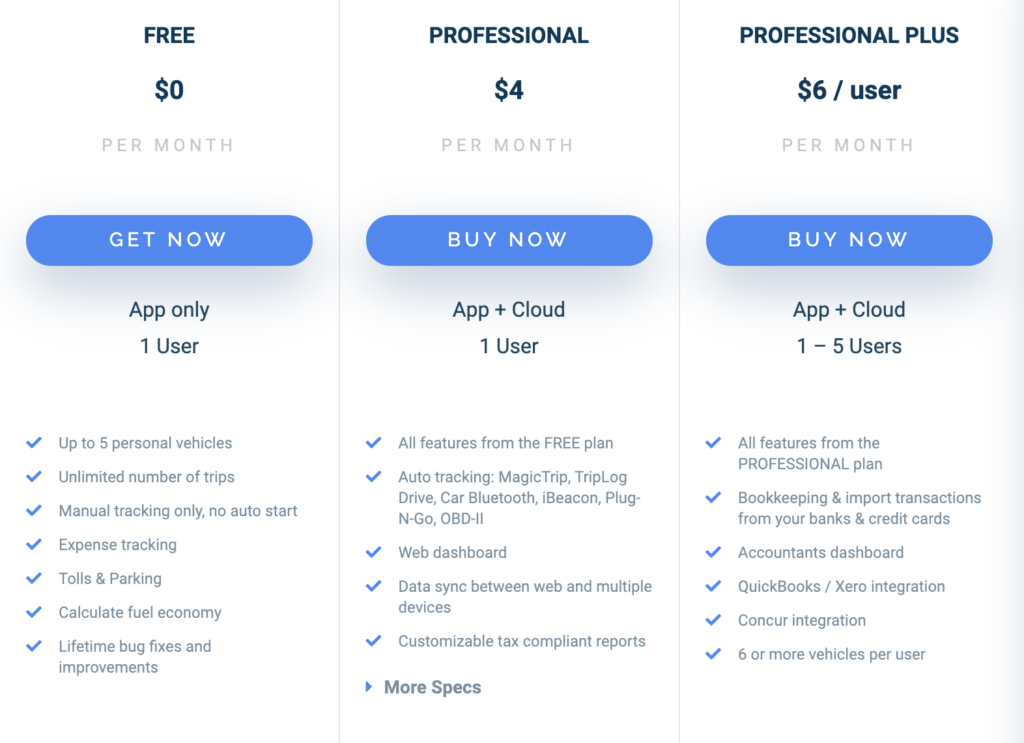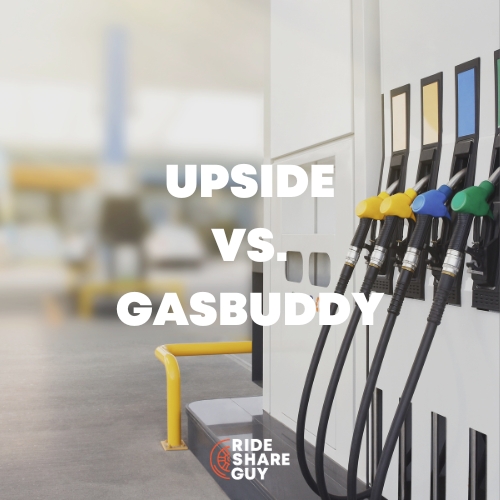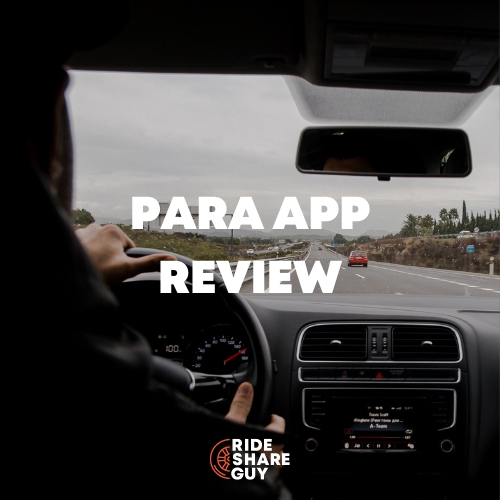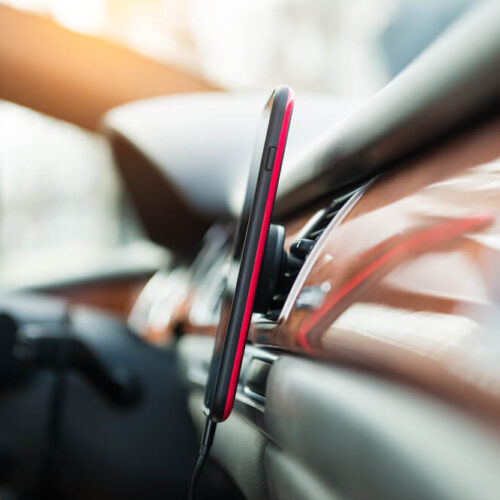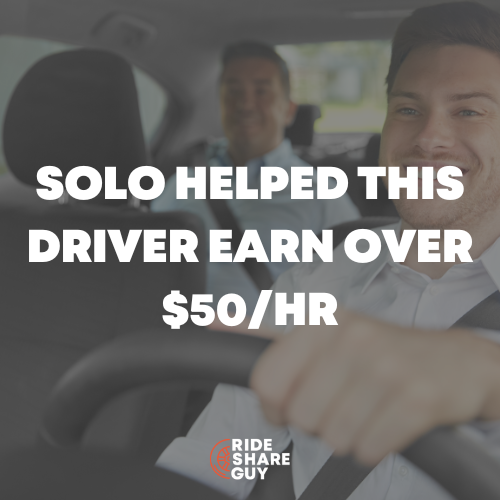One of the best ways to make ridesharing driving more profitable is mileage tracking. Yes, it may sound a little boring, but it’s one way to save thousands of dollars as an Uber/Lyft driver.
There is one app that seeks to make mileage tracking a lot easier: TripLog. In this Triplog mileage review, RSG contributor Chonce Maddox Rhea will break down how TripLog works, how to get started with TripLog and how it can help you save more in this TripLog review.
Quick links:
- Get started with TripLog here
- TripLog offers free and paid plans
- TripLog also offers expense tracking, going beyond just mileage tracking
What is TripLog?
TripLog offers more than a mileage app. The company seeks to make mileage and expense tracking easier for everyone with their modern products like GPS Mileage tracking device (which allows you to track mileages for your trips without mobile data).
TripLog 2.0 can be used to estimate your gas mileage and find the best gas prices.
I’ll be honest, TripLog comes off as an advanced and flexible mileage tracking solution that has been highly tailored to do its job thoroughly.
For the sake of this review, we’ll just cover the TripLog mileage app itself and all its features, along with how it stacks up against other mileage tracking apps like Stride.
How Does it Work?
You can use the Triplog app for real-time mileage tracking either automatically or manually.
To use it manually, you’ll use the app’s real-time GPS location to log your driving distance and driving time. Current mileage rates are pre-loaded in the app and you can customize them as you see fit.
When you’re manually adding a trip, you can categorize it with pre-loaded or customized activity. This would come in handy if you’re using the app to track your mileage when driving for both Uber and Lyft so you can keep this separate.
TripLog makes it easy to add and edit trips even after the fact. While manual tracking is available with the free version, you’ll have to upgrade to the paid version for automatic mileage tracking.
TripLog’s professional version starts at $4 per month, but you do get a 30-day free trial when you sign up to try out the app. From there, you can decide if you want the extra automatic features or will just stick with the free version.
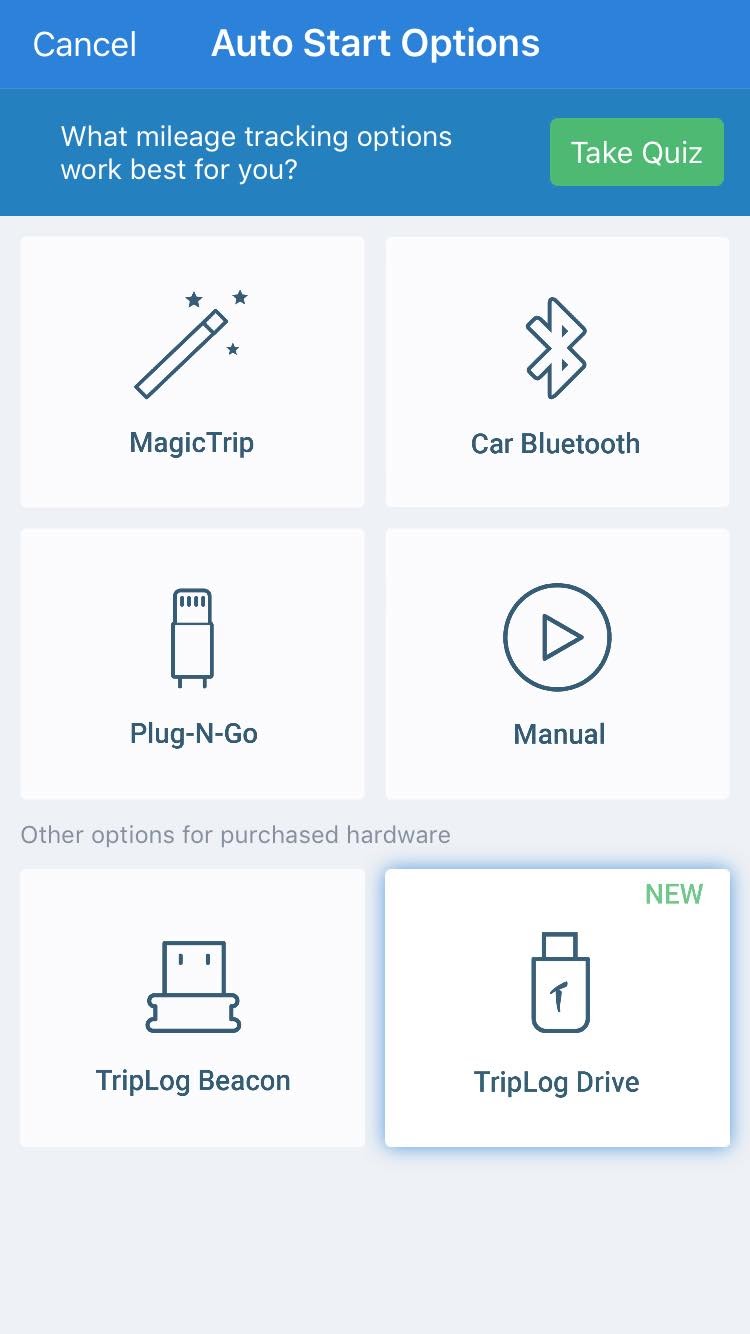
There are a variety of options that allow you to track your mileage easily including:
Magic Trip – Fully automatic tracking that allows you to track trips just by getting into your vehicle and driving. The app will monitor your speed in the background and kick in after 2 minutes of driving then shut down after you’ve been idle for 5 minutes.
Car Bluetooth – Gives you the option of using the existing Bluetooth connection in your car to track mileage for trips. You can set this up in the app.
Plug-N-Go – This is TripLog’s top option for people who are in their vehicle all day. You can trigger tracking by plugging in your phone into your car charger and driving over 5 MPH. With this option, battery drain is not an issue. The only possible issue is that you have to remember to plug in your phone. If you don’t, your mileage won’t be tracked.
TripLog Beacon – This versatile tracking option requires you to purchase TripLog’s device that can be inserted into your car’s USB port. The device will instantly detect vehicle movement and start tracking your trips with minimal battery usage.
TripLog Drive – TripLog Drive is a GPS mileage device that allows you to classify your trips and track mileage accurately. The device plugs right into your car’s USB port and can save your phone battery and data. The device is currently selling for $79.99.
Expense Tracking
Tracking expenses with TripLog can be easy and automatic. Just connect a bank account or credit card and the app will start pulling transactions from your institution.
You’ll be able to track your business expenses and income as well. You can also add transactions manually and upload receipts to stay organized.
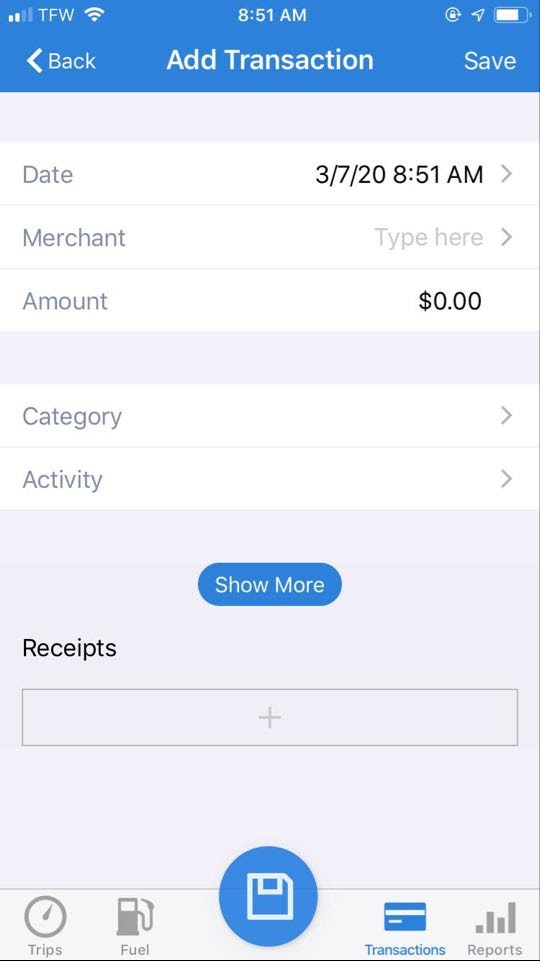
Getting Set Up
Getting set up on the app should only take a few minutes. You can start by doing things like setting up your desired tracking method (if you already know what you prefer). Or, you can choose to do this later in the Settings section of the app.
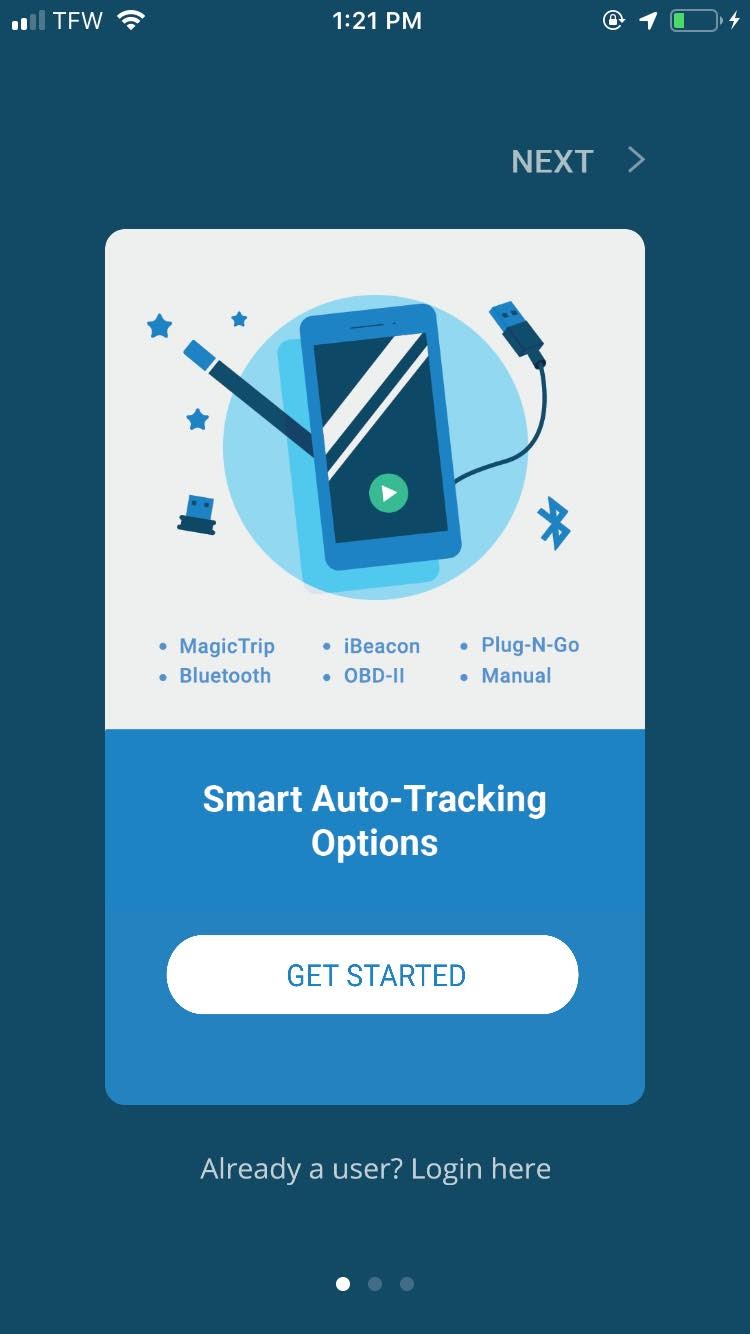
Next, connect your debit or credit card to enable expense tracking.
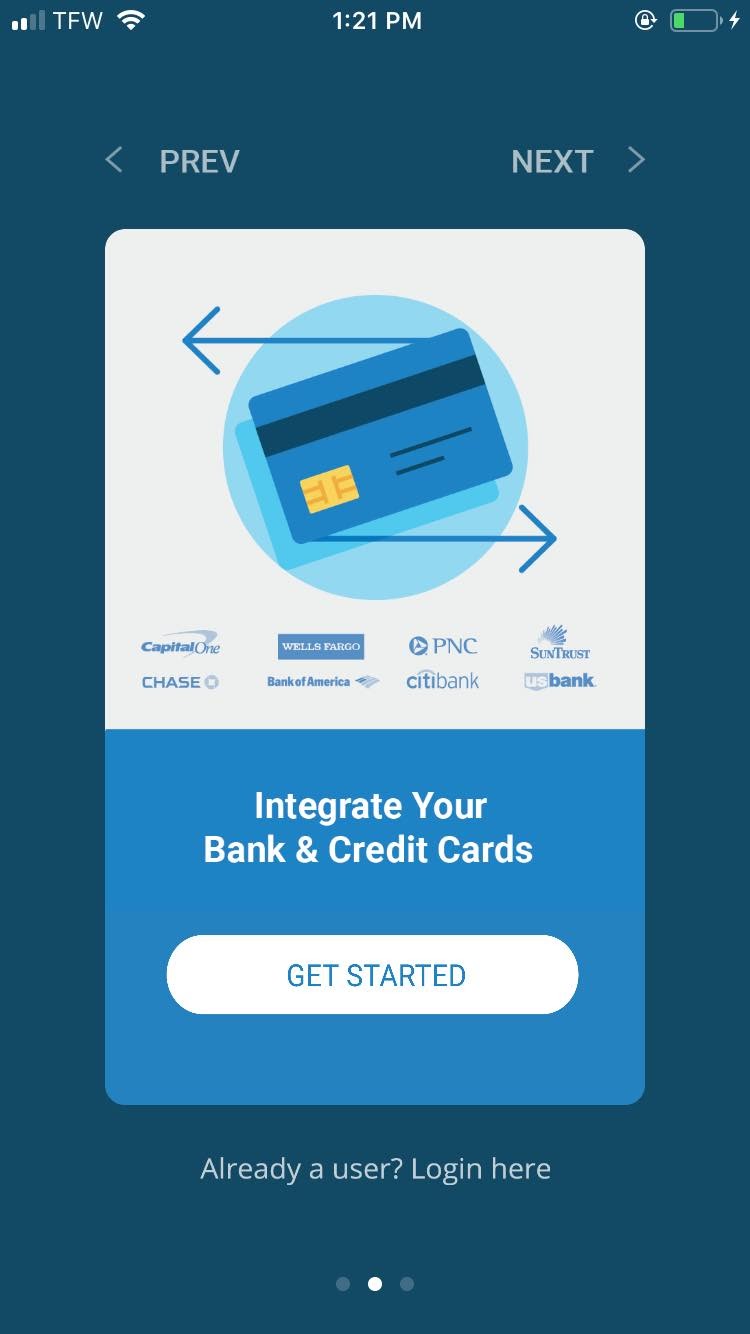
Then, choose what type of driving you’re doing.
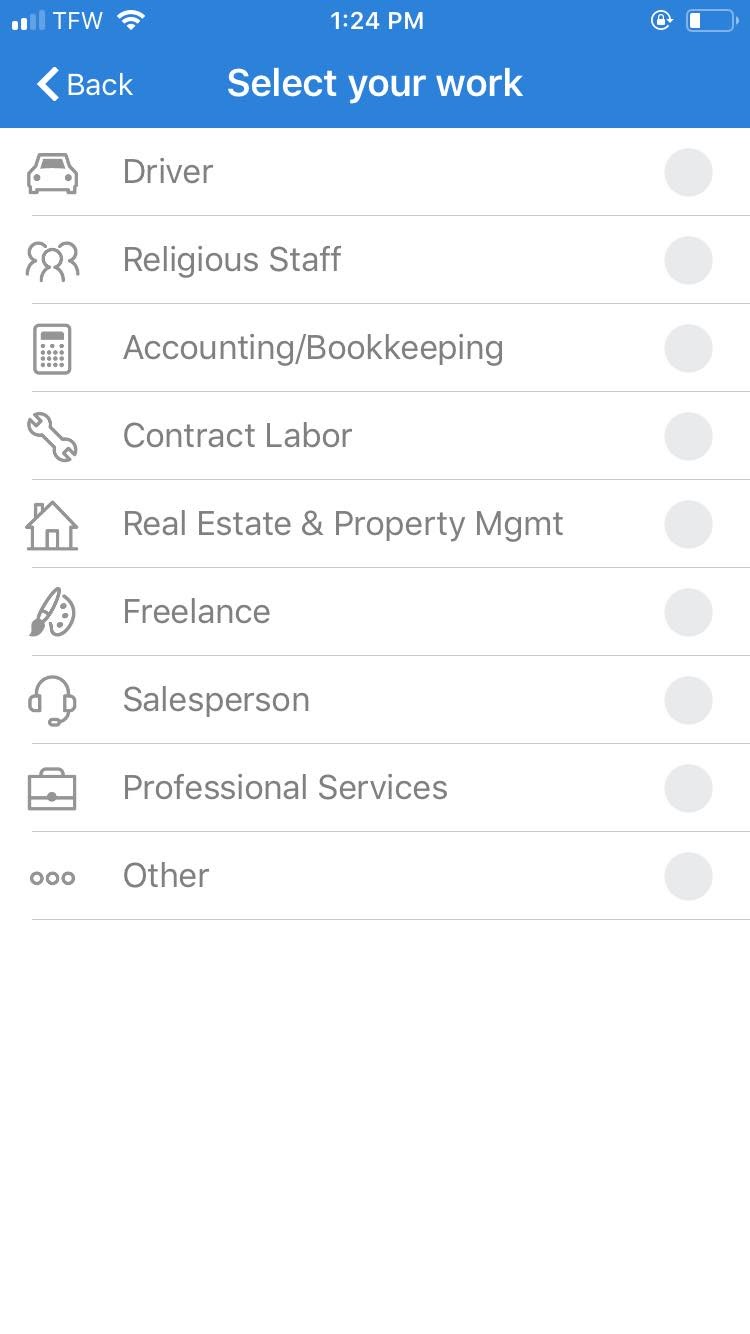
In your dashboard, you’ll see the app is instantly ready for MagicTrip mileage tracking. Or, you can start tracking your trip manually by pressing the green button at the bottom of your screen.
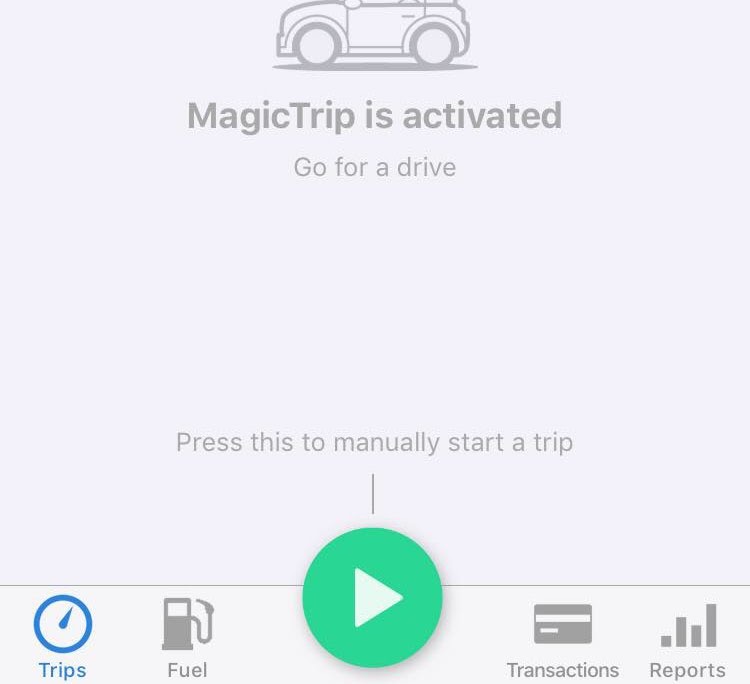
TripLog will show you your current mileage, and an estimated deduction amount for the month as well.
You can go to the fuel tab to track your fuel expenses and, with this information, TripLog will calculate your estimated miles per gallon (MPG).
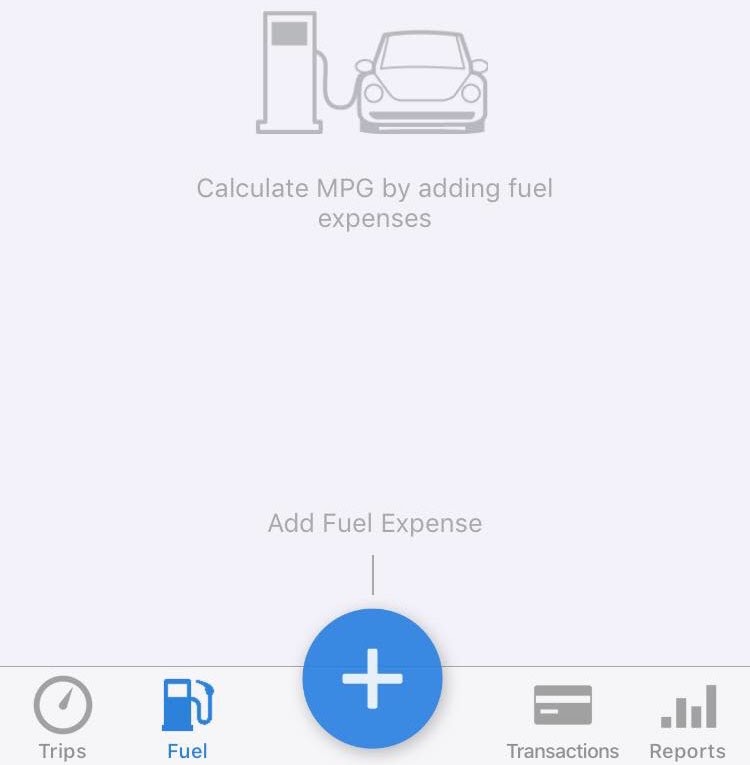
Does TripLog Help With Taxes?
TripLog integrates with your debit and bank cards to help you track expenses. Users can also use the web dashboard to review mileage and rideshare expenses from a laptop or desktop. This is helpful because TripLog can also aid when you’re filing your taxes.
App users can upload data to platforms like Quickbooks, Xero, and Concur.
You can also log into the app with Intuit, which is also used for TurboTax and Quickbooks. Having these integration options on hand will only make it easier, then it’s time to gather all your data and file taxes if you’re considering using DIY tax filing programs.
Pros and Cons
Pros:
- All-in-one mileage and expense tracking app
- Multiple tracking options
- Easy to set up
- Free trial for premium features
Cons:
- There’s a fee to use premium features and additional optional devices can be costly (but tax-deductible)
- Automatic tracking through your phone bay drain your battery and data
- MagicTrip tracking feature may track you anytime you’re moving faster than 5mph (jogging, running a personal errand, etc.)
TripLog vs. Stride
TripLog and Stride both allow you to track your mileage and rideshare expenses. However, Stride offers more free features.
Plus, Stride has added tax features to help make your filing process easy. Both apps offer IRA-compliant mileage deductions and integrations to streamline your tax filing process.
I like how Stride offers a benefits tab to show users their insurance options. If you’re driving for Uber or Lyft full-time or don’t have another job to cover your insurance benefits, it’s important to know what your options are.
However, if you’re just looking for mileage and expense tracking help, I like how TripLog shows mileage rates for each type of driving you can do, whether it’s rideshare, for business, charity, etc. For manual trips, the app also allows you to enter your odometer ready for more accurate mileage tracking.
Overall, TripLog can cost more per month with its added devices (optional) and additional features. However, some drivers may see the benefit of buying an external device like TripLog Beacon or TripLog Drive to track their mileage while others may not view it as necessary.
I can appreciate the fact that TripLog seems to have heard our complaints about glitchy apps and mileage trackers that slow down data and drain cell phone battery. They’ve created some new devices to help make these easier for drivers which can be appreciated whether you’re looking to actually buy one of their devices or just stick with their basic mileage tracking app.
TripLog Review Takeaways
TripLog has multiple options to help drivers track their mileage and expenses all in one place. They have a ton of tutorials on their site and in the app to help you get started and set up right away. Their premium features do come at a small cost, but they allow you to try before you buy with a 30-day free trial.
If you’re looking for a new mileage tracking app and haven’t found the best fit for you yet, try TripLog out for free to see how you like it.
Readers, what type of app do you use for mileage tracking?
-Chonce @ RSG
Resources:
